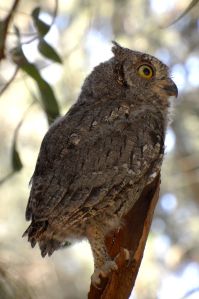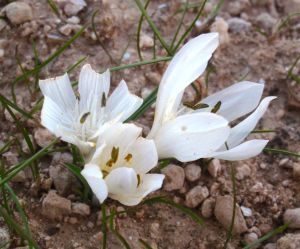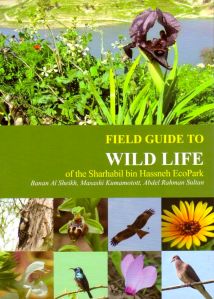
How do you tell the difference between a Blanchs Medick and a Burclover plant? Where exactly does one find a Syrian Woodpecker? And what is the preferred meal of the Great Grey Shrike?

Nature lovers will find answers to all their questions in the newest addition of Friends of the Earth Middle East’s Field Guide to Wildlife of the Sharhabil bin Hassneh EcoPark. Hot off the press, this detailed guide expands on the first edition guide (called Field Guide to the Wildflowers of the Sharhabil bin Hassneh EcoPark), adding about 100 new plant entries to the guide’s extensive flora section, and expanding on the fauna section of the previous guide.

The field guide is a valuable companion to those wishing to discover the rich biodiversity of the EcoPark and its surrounds, which lie in the uniquely positioned Jordan River Valley. This valley boasts spectacular biodiversity, lying as it does between the continents of Asia, Europe and Africa and along a major bird migration flyway. In autumn and spring each year, at least 500 million birds of more than 500 species pass through this corridor, taking advantage of the variety of habitat in the area, which ranges from riparian terrain, marshlands, grasslands, scrub and arid desert.

The Field Guide to Wildlife of the Sharhabil bin Hassneh EcoPark ensures ease of identification of flora by including a number of photographs of each of the 320 plants, which include trees, shrubs and flowers, as well as scientific, Arabic and English names, and additional notes on special properties of each species – whether they are edible, or have medicinal or cultural uses, for example.
Fauna included in the guide ranges from migratory birds, such as the rare and dainty Masked Shrike, to resident birds like the grassy plain-living Crested Lark, as well as reptiles such as Coin Snakes, amphibians like the hardy Levant Water Frog, and mammals such as the Red Fox.
The Field Guide to Wildlife of the Sharhabil bin Hassneh EcoPark is available from the Friends of the Earth Middle East office in Amman, and costs 12JD.
Sharhabil bin Hassneh EcoPark offers a variety of guided tours, both within the park’s borders, and around the surrounding region, allowing visitors an opportunity to learn more about identifying the unique plants and animals of this area. For more information, or to book a tour, contact Friends of the Earth Middle East’s Amman office on (country code 962) 6-5866602 or asultan@foeme.org.
This blog was written by FoEME intern Lauren Salathiel, who is based in the Amman office.